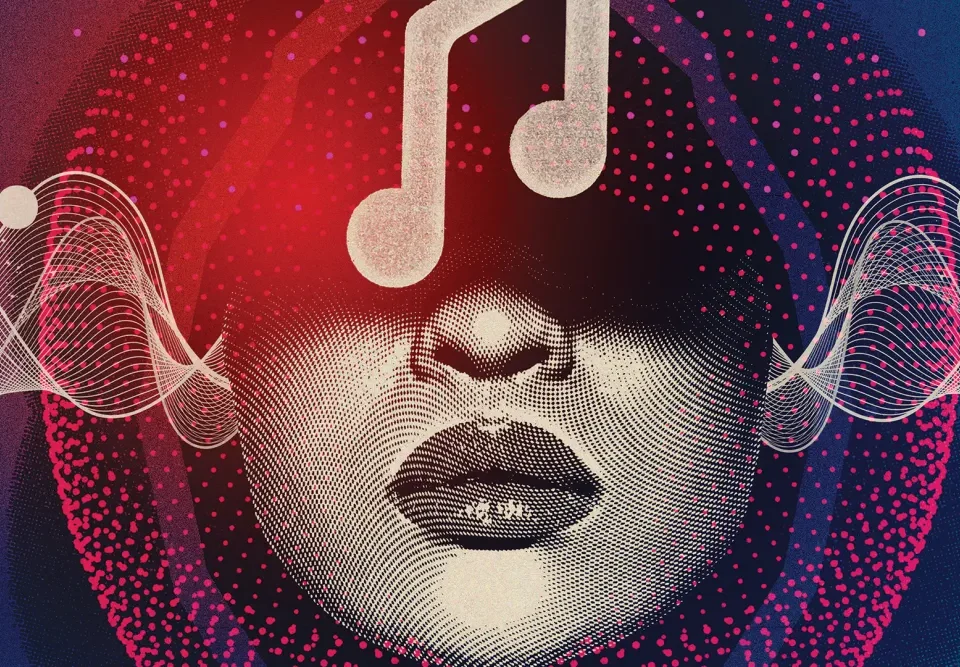
Can You Copyright a Song Made by AI? The Originality Test Gets a Remix
12 Mayıs 2025
Prompting Isn’t Authorship: What the U.S. Copyright Office’s AI Report Means for Creators
13 Mayıs 2025AI is no longer just a tool for musicians—it’s becoming the composer. Tracks made entirely or mostly by algorithms are flooding platforms, but there’s a legal vacuum. When there’s no clear human author, copyright law in the EU and UK starts to wobble. So what do we do with these orphaned creations?
One solution gaining traction: introduce a neighbouring right for AI-generated music.
🧑⚖️ Why Copyright Doesn’t Quite Work
Copyright law is picky. It only protects works that are original—and that usually means a human made free and creative choices.1 When AI spits out a fully formed song with little to no human guidance, there’s a good chance it won’t meet that standard.
In the UK, there’s a workaround called the computer-generated works (CGW) doctrine, which gives rights to the person who made the necessary arrangements.2 But it’s legally fuzzy and arguably outdated, especially as AI tools become more autonomous. The EU doesn’t even have this concept—there, no human author means no protection.
That’s a problem. These AI tracks are not only real—they’re valuable.
💸 Music Without Protection = No Investment?
Platforms like TikTok, Meta, and YouTube are investing heavily in AI-generated music libraries to bypass copyright licensing.3 But without protection, others may hesitate to invest in the creation or promotion of such works. Why back something you can’t control or monetise?
This is where neighbouring rights come in. These rights don’t depend on authorship or creativity. They reward investment—like how producers and performers are protected for sound recordings, even if they didn’t write the song.
So why not create a similar right for AI-generated music?
🧩 A New Legal Layer: The Case for Neighbouring Rights
Scholars like Bonadio and McDonagh suggest introducing a tailored neighbouring right that would protect AI-generated content without pretending there’s a human author behind it.4 Think of it like copyright-lite: time-limited, narrow in scope, and focused on economic reward rather than creativity.
This could protect the interests of:
- AI developers who train and fine-tune the models
- Producers or companies who curate and release AI music
- Platforms that host or commission original AI content
And most importantly, it would help avoid market chaos: everyone would know who owns what, and under what rules.
⚠️ But Hold On—Is This a Gift to Big Tech?
Critics worry that such rights could entrench the power of tech giants. If companies get protection for every AI track their systems churn out, won’t they dominate the music landscape and sideline human artists?
That’s a real risk—but it’s not inevitable.
The key is to design the right properly:
- Limit it to works with no human authorship
- Keep the term shorter than copyright
- Prevent overlap with traditional rights
- Funnel some revenues to public cultural funds or human creators
With those guardrails in place, neighbouring rights could support innovation without killing off creativity.
🎵 Final Note: Don’t Stretch Copyright—Build Smarter Tools
AI music is here to stay. But instead of forcing it into outdated legal boxes, we need to build new compartments that reflect how these works are made and used. Neighbouring rights offer a pragmatic, legally sound way to do that—one that protects investment without diluting human creativity.
Footnotes
- Painer v Standard VerlagsGmbH (C-145/10); THJ Systems Ltd v Sheridan [2023]; see also Sahin, PhD Proposal(2025), 3–4.
- Copyright, Designs and Patents Act 1988, s 9(3).
- PMP Strategy, Study on the Economic Impact of Generative AI in the Music and Audiovisual Industries (CISAC, Nov 2024).
- Enrico Bonadio & Luke McDonagh, ‘Artificial Intelligence as Producer and Consumer of Copyright Works’ [2020] IPQ 112.


